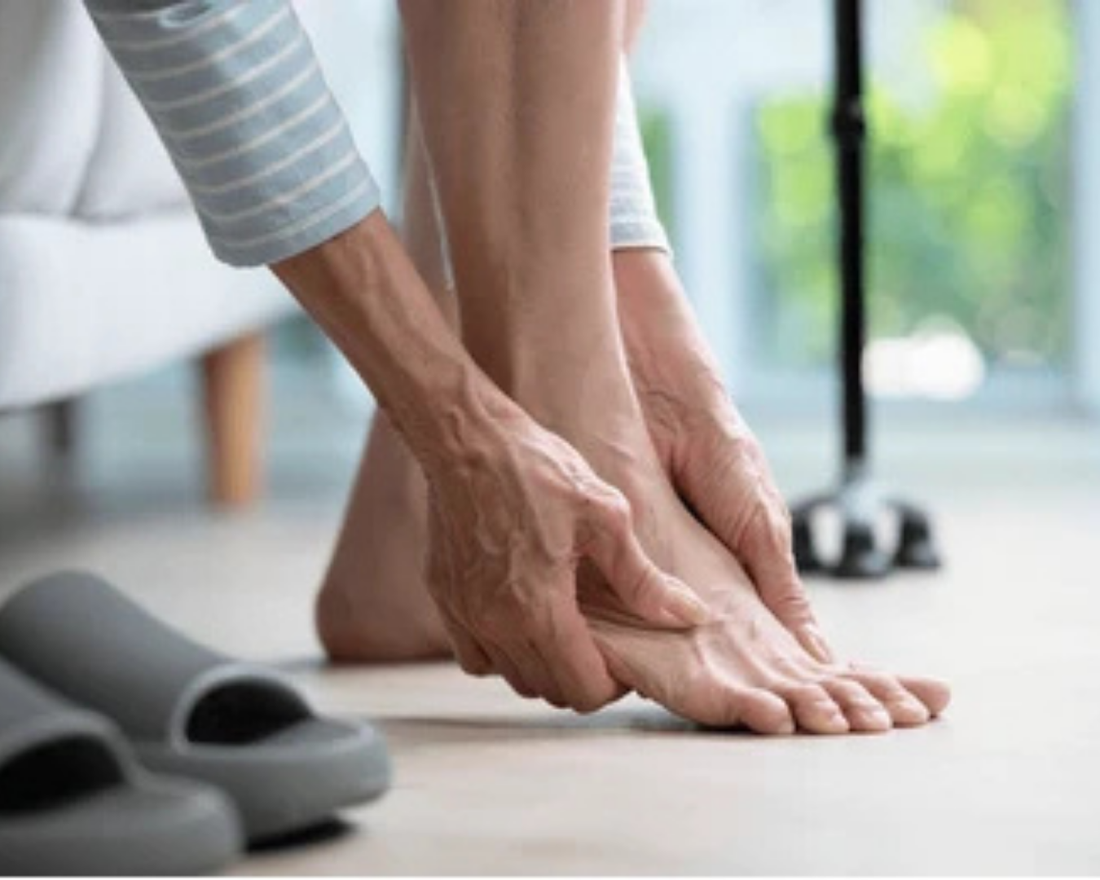
Feet Change As You Age—Here’s How to Choose the Right Shoes
Share
Your Arches Are Not Made of Stone
Your arches are made of muscles, tendons, and ligaments—which means they can (and do!) change over time.
That’s right: Even if you’re “done growing,” your feet are not frozen in time.
Wearing the same shoe size or style for years might be doing more harm than good.
Let’s break it down:
Why Do Arches Change Over Time?
1. Age
As we age, the tendons and ligaments in the feet weaken, which can cause the arches to collapse. This condition is known as adult-acquired flatfoot.
2. Pregnancy
Pregnancy hormones (like relaxin) loosen ligaments to prepare the body for childbirth—but they also affect your feet. Add in weight gain and swelling, and many women find their feet permanently widen or flatten postpartum.
3. Weight Gain or Loss
Increased body weight puts more pressure on your arches, which can cause them to fall. On the flip side, significant weight loss may reduce support under the arch, changing how your foot bears weight.
4. Injury or Overuse
Injuries like ankle sprains or damage to the posterior tibial tendon can flatten your arch. Dancers, runners, and anyone on their feet all day are especially vulnerable to these changes.
5. Neurological or Muscular Conditions
Sometimes, arches don’t fall—they rise. This condition is called pes cavus, or hollow foot, and it’s often linked to neurological or muscular imbalances. These high arches need special support and cushion to avoid foot pain, instability, and pressure hotspots.

Signs Your Feet (and Shoes) Need a Reboot
-
Your shoes feel tighter, looser, or just “off” even if you haven’t changed sizes
-
You’re getting blisters, arch pain, or ankle fatigue more often
-
You’re noticing a new callus, bunion, or heel pain
-
You’ve had a baby, an injury, or you’ve hit a new decade of life
-
Your footprint looks different (try the wet footprint test!)
So What Can You Do?
Get refitted.
Even professional ballerinas have to get re-evaluated as their feet evolve—and so should you.
Choose footwear that supports your unique arch shape.
If you have high arches, you need more than just arch support. You need:
-
An anatomically shaped footbed
-
A deep heel cup for stability
-
Shock-absorbing cushion that protects your joints
-
A toe box that lets your forefoot splay naturally
That’s why we designed Gliss: a recovery shoe made for dancers, but built for every woman. Especially those with high arches, changing feet, and daily foot pain.

Bottom Line?
Your feet are alive—they change with you. Don’t settle for shoes that don’t.
Whether you’re returning to exercise, recovering from pregnancy, or just noticing more foot fatigue, supportive footwear is your first step to feeling better from the ground up.
Ready to find your fit again?
Explore Gliss Recovery Shoes →
Made for dancers. Designed for real life. Loved by women with high arches and sensitive feet.


